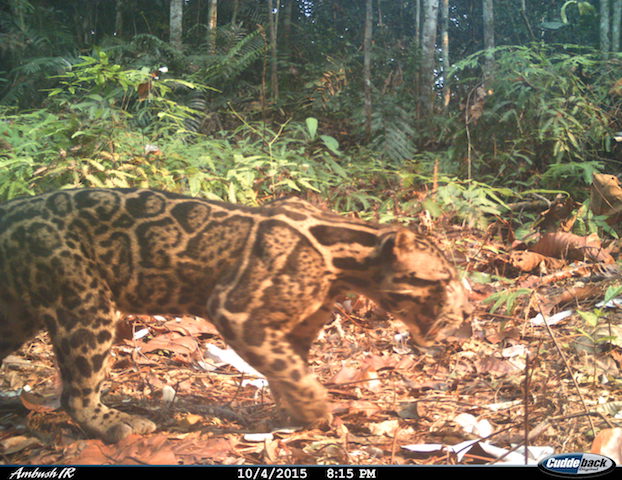News
Toolkit for supporting conservation decision makers in Sabah, Borneo
The final installment from a series of videos from WildCRU’s Clouded Leopard Programme summarises findings that were published in Biological Conservation.
Changes in land use cover are the main drivers of global biodiversity loss and are a major threat to the Sunda clouded leopards that inhabit the state of Sabah in Malaysian Borneo. But when it comes to land use change is there a way to balance development and conservation goals? In our fourth video in a series highlighting the impact of WildCRU’s Clouded Leopard Programme, David Macdonald highlights research from our team, led by Zaneta Kaszta, show casing the methodological journey that led to our first toolkit for land use planners. Working with conservation colleagues, NGOs and government officials, WildCRU’s first participatory Tool Kit meeting took place in Sabah in 2017, the next, culminating in a meeting with Deputy Prime Minister Christine Liew in 2018, led to the publication of a unique case study of Sabah’s 2033 Structure Plan. In our study we found that the current clouded leopard population was already beyond carrying capacity due to extinction debt, and that forest restoration plans would only have a limited mitigating affect.
Kaszta, Ż., Cushman, S. A., Hearn, A. J., Burnham, D., Macdonald, E. A., Goossens, B., … & Macdonald, D. W. (2019). Integrating Sunda clouded leopard (Neofelis diardi) conservation into development and restoration planning in Sabah (Borneo). Biological conservation, 235, 63-76.






